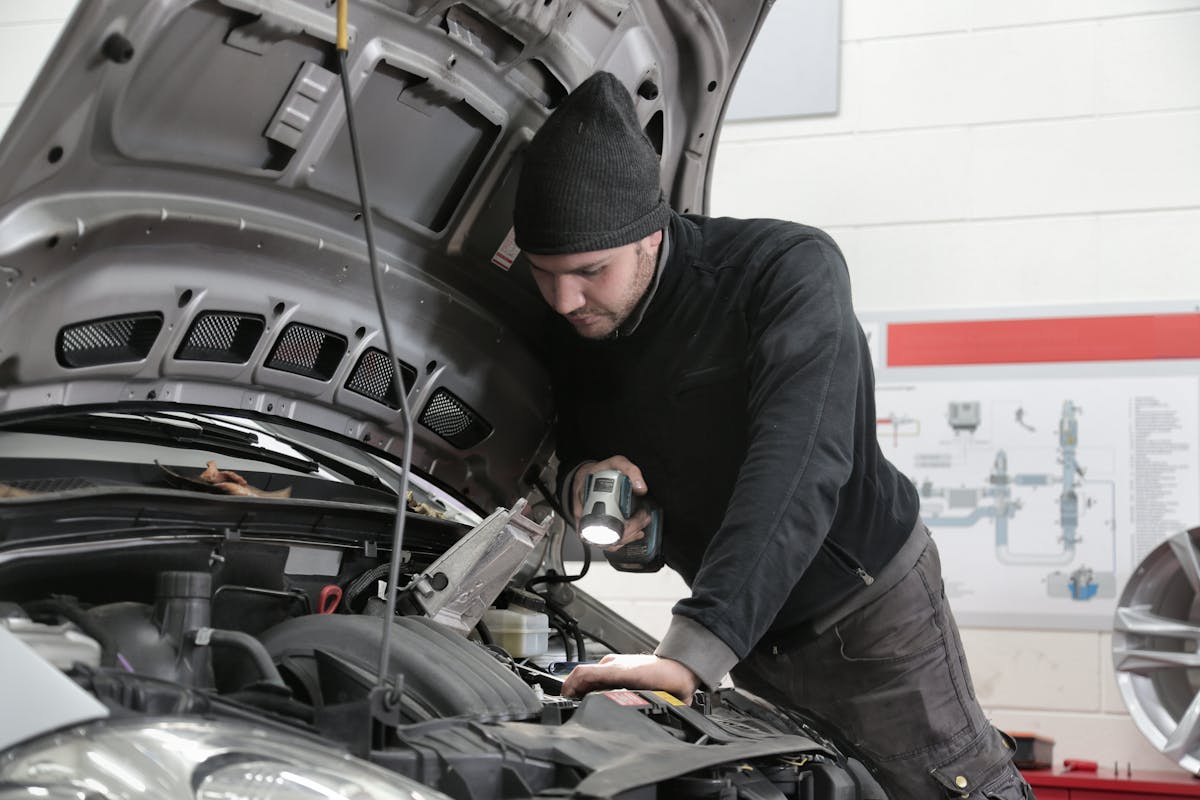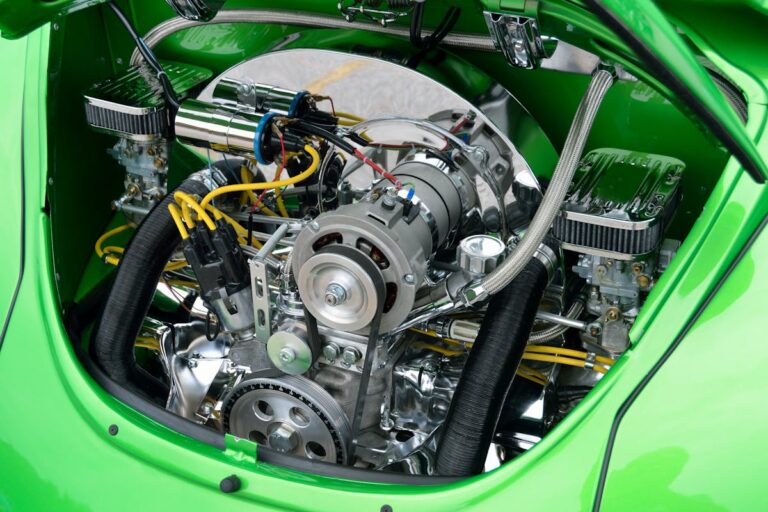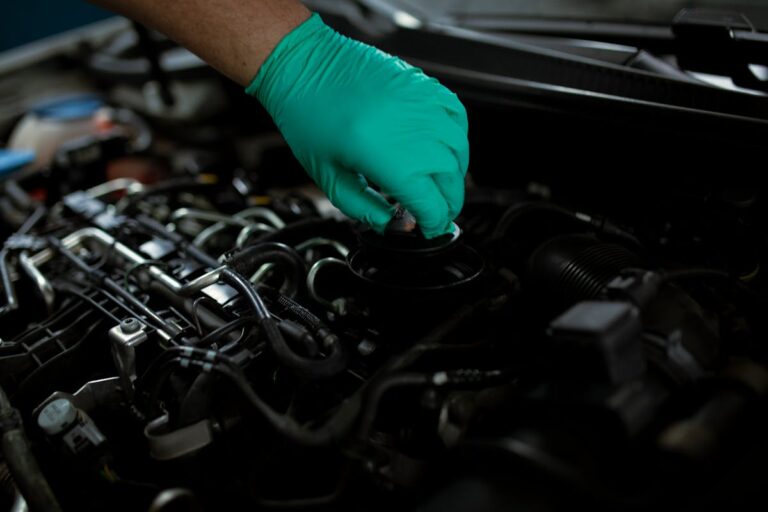In the domain of automotive care and safety, acknowledging vehicle warning signs is of paramount importance. These signs, ranging from dashboard alert lights to unusual noises or even a sudden decrease in fuel efficiency, serve as the car’s own language, communicating potential issues that may compromise its performance, safety, or longevity. Ignoring these signals could lead to more severe complications, escalating repair costs, and potentially hazardous situations. To fully understand the significance and implications of these warning signs, let us explore further into this critical aspect of vehicle maintenance and safety.
Unusual Engine Noises
While it may seem inconsequential, unusual engine noises are often the first red flag that there is an issue with your vehicle. These sounds can vary from subtle humming to more noticeable sounds like an engine knock or strange rattling. It’s critical to not ignore these noises, as they can indicate serious engine problems that require immediate attention.
An engine knock, characterized by a rhythmic pounding or thumping sound, is typically indicative of mechanical issues within the engine’s moving parts. It’s often caused by improper combustion of the air-fuel mixture, which leads to pressure fluctuations that resonate as knocking sounds. This can lead to severe engine damage if not addressed promptly.
On the other hand, strange rattling noises often originate from loose or worn-out components vibrating against other parts of the vehicle. This can point towards a range of issues, from a simple loose exhaust clamp to more serious problems such as a failing timing belt.
Paying attention to these unusual engine noises and seeking professional help at the earliest can prevent further damage and potentially save you from costly repairs. Remember, an informed vehicle owner is always a safer vehicle owner.

Unexpected Exhaust Smoke
Moving on from unusual engine noises, another significant warning sign to be aware of is unexpected exhaust smoke. This is not to be dismissed lightly as it often signals several internal issues with your vehicle. One of the most telling signs is the exhaust color. A change in the color of your car’s exhaust smoke can indicate a range of problems.
White smoke, for instance, could suggest coolant leakage into the engine. On the other hand, blue smoke may point to oil leaks that are burning in the combustion chamber. Black smoke, mainly, signifies an overly rich air-fuel mixture. This condition can cause damage to your vehicle’s spark plugs, leading to poor performance and reduced fuel efficiency.
In addition to exhaust color, pay attention to exhaust odor. A sweet-smelling white smoke could indicate a coolant leak while a burnt oil odor accompanying blue smoke is a clear sign of oil leaks. A gasoline smell with black smoke may suggest that your engine is not burning all the fuel that is being pumped into it, signaling a potential inefficiency in the combustion process.
Frequent Overheating Issues
Frequent overheating issues are a critical aspect of vehicle warning signs that warrant immediate attention. Understanding the causes of overheating can help prevent significant damage and guarantee the longevity of your vehicle. In our discussion, we will explore these causes in detail and provide insight into effective prevention methods to mitigate potential harm to the vehicle.
Causes of Overheating
Although most drivers may find it alarming when their vehicle’s temperature gauge starts to climb, understanding the causes of overheating can help alleviate these concerns and prevent persistent issues. A vehicle’s cooling system plays a significant role in managing the engine’s heat. Its primary function is to guarantee the engine operates at an ideal temperature by expelling excess heat.
However, when the cooling system fails, due to a leak or a clogged radiator, the engine’s temperature can quickly escalate, leading to overheating. An effective cooling system relies on a balance of coolant and air. Any disruption in this balance could result in the engine working overtime, generating more heat than the system can handle.
Thermostat failure is another common cause of overheating. The thermostat controls the amount of coolant flowing through the engine. A malfunctioning thermostat may restrict coolant flow, causing the engine to overheat.
Additionally, a compromised water pump, responsible for circulating the coolant, can also contribute to overheating. It’s vital to diagnose and address these issues promptly to avoid serious damage to the vehicle. Understanding these causes will help drivers respond appropriately when faced with an overheating engine.
Overheating Damage Prevention
To prevent the damaging effects of frequent overheating, it’s essential to recognize the signs early and take prompt corrective action. An important part of this is understanding the components of your vehicle’s cooling system and how they can contribute to overheating.
A common cause of overheating is thermostat failure. When the thermostat doesn’t open, coolant can’t circulate through the engine block, leading to excessive heat build-up. Regularly check the thermostat and replace it if necessary to prevent this issue. Similarly, coolant leaks, whether originating from the radiator, hoses, or the engine itself, can also result in overheating. Regular inspections of your vehicle can help identify and fix these leaks before they lead to major problems.
Radiator issues, such as blockages or malfunctions, can also prevent the cooling system from working efficiently, causing the engine to overheat. Regular radiator maintenance, including flushing and refilling the coolant, can help avoid these issues. Additionally, a fan malfunction can cause overheating as it aids in dispersing heat from the engine block. Confirm your fan is in good working order to prevent overheating. By following these preventative measures, you can greatly reduce the risk of overheating damage to your vehicle.
Vehicle Vibration During Operation
Experiencing vehicle vibrations during operation can be a significant indication of underlying mechanical issues. These vibrations are not merely uncomfortable; they are potential red flags demanding immediate attention.
Two common causes of vehicle vibration are tire imbalance and suspension problems. Tire imbalance can occur due to uneven tire wear or if the weights that balance the wheel are misplaced. This typically results in a shaking sensation that increases with vehicle speed. Regular tire maintenance, including rotation, balancing, and alignment, can prevent this issue and guarantee a smooth ride.
Suspension problems, on the other hand, are typically signified by a constant vibration or bouncing, even when driving on smooth roads. The suspension system includes components such as shock absorbers, struts, and control arms, which help to absorb road shocks. A fault in any of these components could lead to noticeable vibrations. As a result, a thorough inspection of the suspension system by a professional mechanic is advisable when vibrations persist.
Sudden Decrease in Fuel Efficiency
A sudden decrease in fuel efficiency is a critical indicator of potential vehicle problems that should not be ignored. There are a multitude of causes that can lead to this phenomenon, each with their own distinct implications for vehicle health and performance. Gaining an understanding of what a drop in fuel efficiency could signify is essential for identifying and addressing vehicle issues in a timely manner.
Understanding Fuel Efficiency Drop
One may often overlook the significance of a sudden drop in fuel efficiency, dismissing it as a minor inconvenience. However, understanding this abrupt decline is essential as it can be indicative of underlying problems that may lead to more serious complications if not addressed promptly.
Fuel efficiency, simply put, refers to the distance that a vehicle can travel per unit of fuel consumed. It is often measured in miles per gallon (mpg) or kilometers per liter (km/l). Several factors can affect this efficiency, among them are the quality of fuel used and certain driving habits.
Fuel quality is a significant determinant of efficiency. High-quality fuel guarantees peak combustion, leading to better performance and fuel economy. Conversely, poor quality fuel can result in incomplete combustion, thereby reducing efficiency.
Driving habits, too, play a pivotal role. Rapid acceleration, excessive idling, or driving at high speeds can lead to more fuel being consumed, consequently causing a drop in fuel efficiency.
Causes and Implications
While fuel quality and driving habits greatly impact the overall fuel efficiency, a sudden decrease could be indicative of more serious issues. A sudden drop in fuel efficiency can point towards mechanical problems that need immediate attention.
Brake issues are one of the primary culprits behind the reduced fuel efficiency. When brakes are improperly adjusted or the brake pads are worn out, they create a drag that forces the engine to work harder, consequently using more fuel. Regular brake maintenance can prevent this issue and help maintain peak fuel efficiency.
Additionally, transmission problems can also cause a decrease in fuel efficiency. If your vehicle’s transmission isn’t shifting properly, it can put unnecessary stress on the engine, leading to increased fuel consumption. You may notice that the vehicle is not shifting smoothly, or there may be unusual noises. These symptoms should not be ignored, as they can lead to costly repairs if left unattended.
Warning Lights on Dashboard
Understanding the significance of warning lights on your vehicle’s dashboard is vital for maintaining its performance and your safety on the road. These dashboard signals serve as the car’s preliminary line of communication, alerting drivers of potential issues that need immediate attention.
Warning lights on the dashboard are not to be ignored. They are designed to come on as soon as the vehicle’s computer detects an issue. These warning indicators may correspond to problems within the engine, brakes, tire pressure, oil and coolant levels, and battery, among others. Each light is color-coded, with red usually indicating serious problems or safety concerns requiring immediate attention, amber or yellow for less urgent issues that should still be checked as soon as possible, and green or blue as informational alerts.
Knowing what each symbol represents and taking swift action can prevent minor issues from escalating into significant, costly repairs or, worse, accidents due to vehicle malfunction. Regular servicing can help guarantee these warning indicators function correctly, but ultimately, understanding and responding to these signals will keep you safer on the road.
Difficulty in Starting the Engine
Experiencing difficulty while starting the engine can be an alarming warning sign that should not be overlooked. This problem can be indicative of various issues, most commonly battery issues and ignition problems.
Battery issues are often the primary culprit when it comes to engine start difficulties. A weak or dead battery lacks the necessary power to turn the engine over, resulting in a no-start situation. You might also notice other signs of a failing battery such as dim headlights or slow power window operations. Regular battery checks can pre-emptively detect issues and prevent unexpected breakdowns.
On the other hand, ignition problems are also a common cause of difficulty in starting the engine. The ignition system, which includes components such as the ignition switch, ignition coil, spark plugs, and distributor, is responsible for igniting the air-fuel mixture in your engine. If any of these components fail, starting your vehicle will become a challenge.
Frequently Asked Questions
What Regular Maintenance Should Be Performed to Prevent Vehicle Issues?
Regular maintenance to prevent vehicle issues should include routine oil changes, brake inspections, tire rotations, and fluid checks. Periodic checks of the battery, belts, filters, and lights are also essential for peak vehicle performance.
How Can I Improve My Cars Overall Fuel Efficiency?
Improving fuel efficiency involves both mechanical and behavioral aspects. Regularly using fuel additives can enhance fuel economy. Additionally, adjusting driving habits, such as avoiding rapid acceleration and maintaining steady speeds, can considerably improve your car’s fuel efficiency.
Are There Any Reliable Apps to Diagnose Car Problems?
Yes, numerous reliable mobile apps offer car diagnostics. Torque Pro, OBD Auto Doctor, and Car Scanner ELM OBD2 are top-rated applications that provide accurate diagnostics, helping you address potential vehicle problems promptly and efficiently.
What Are the Common Causes of Transmission Failure?
Common causes of transmission failure include transmission overheating, often due to inadequate fluid levels or poor quality transmission fluid, and fluid leaks which can cause the transmission to run dry and damage internal components.
How Often Should I Replace My Car Battery?
Typically, a car battery lifespan stretches between 3-5 years. However, it’s essential to be aware of warning signs such as slow engine start or dimming headlights, which may indicate a need for sooner replacement.





